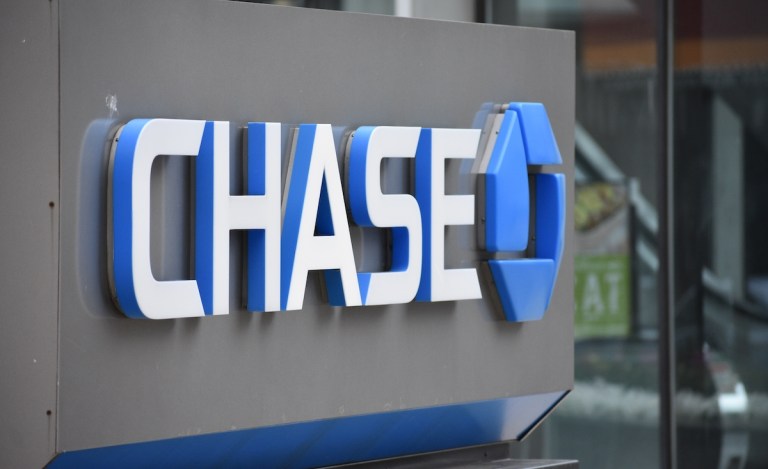
J.P. Morgan Chase unveiled its latest venture, a retail media network called Chase Media Solutions, Wednesday (April 3), marking a move toward personalized advertising within the banking sector.
Retail media networks have become a fixture, as retail giants, including Walmart and Amazon, have capitalized on these networks to sell advertisements over the years. Home Depot’s upgrade of its own retail media network further highlights the competitive landscape for marketers’ retail media advertising budgets.
What sets Chase apart is its claim to be the “only bank-led media platform of its kind,” providing brands direct access to its extensive banking customer network.
According to Chase, the new digital media business enables advertisers to use consumer transaction data, allowing them to target Chase’s customer base of 80 million individuals with customized offers, discounts and cash back rewards tailored to their purchasing behaviors.
By using first-party financial data and advanced targeting capabilities, the platform aids its 6 million business customers in tapping into customers’ interests and preferences in a manner beyond the reach of traditional advertising avenues.
“Our deep understanding of consumer spending across categories has driven us to reimagine what retail media networks can offer,” Chase Media Solutions President Rich Muhlstock said in a statement. “Like retailers, we have first-party data and a dedicated audience. But what sets us apart is the unrivaled scale and insights from our customers — having long served as a trusted guide for their financial decisions.”
Moreover, the integration of card-linked marketing platform Figg, acquired by Chase in 2022, indicates the bank’s commitment to enhancing its two-sided commerce platform, offering added value to both business clients and banking customers.
The launch of Chase Media Solutions marks a stride in the bank’s journey toward becoming a super app. By integrating services such as banking, credit, payments, investments and now media, Chase is capitalizing on the growing demand for all-in-one solutions among consumers of all demographics.
Given that the super app shift favors banks over FinTechs, Chase has an advantage in the competitive landscape.
Findings detailed in the PYMNTS Intelligence report “The Super App Shift: How Consumers Want to Save, Shop and Spend in the Connected Economy” show that consumers want a simple interface that seamlessly integrates various activities, from shopping to ordering food, and even managing their finances.
Banks, with their extensive experience and trusted relationships with customers, are seen as the dominant providers of these super apps. More than half of the study’s participants expressed trust in financial institutions to deliver super apps, with 30% considering traditional banks as the “most trusted” providers.
As the demand for seamless, all-in-one solutions continues to grow, financial institutions have an advantage in providing personalized advertising solutions through bank-led media platforms. Institutions like Chase can strategically position themselves to use this trend, reinforcing their status as consumer favorites in digital finance.